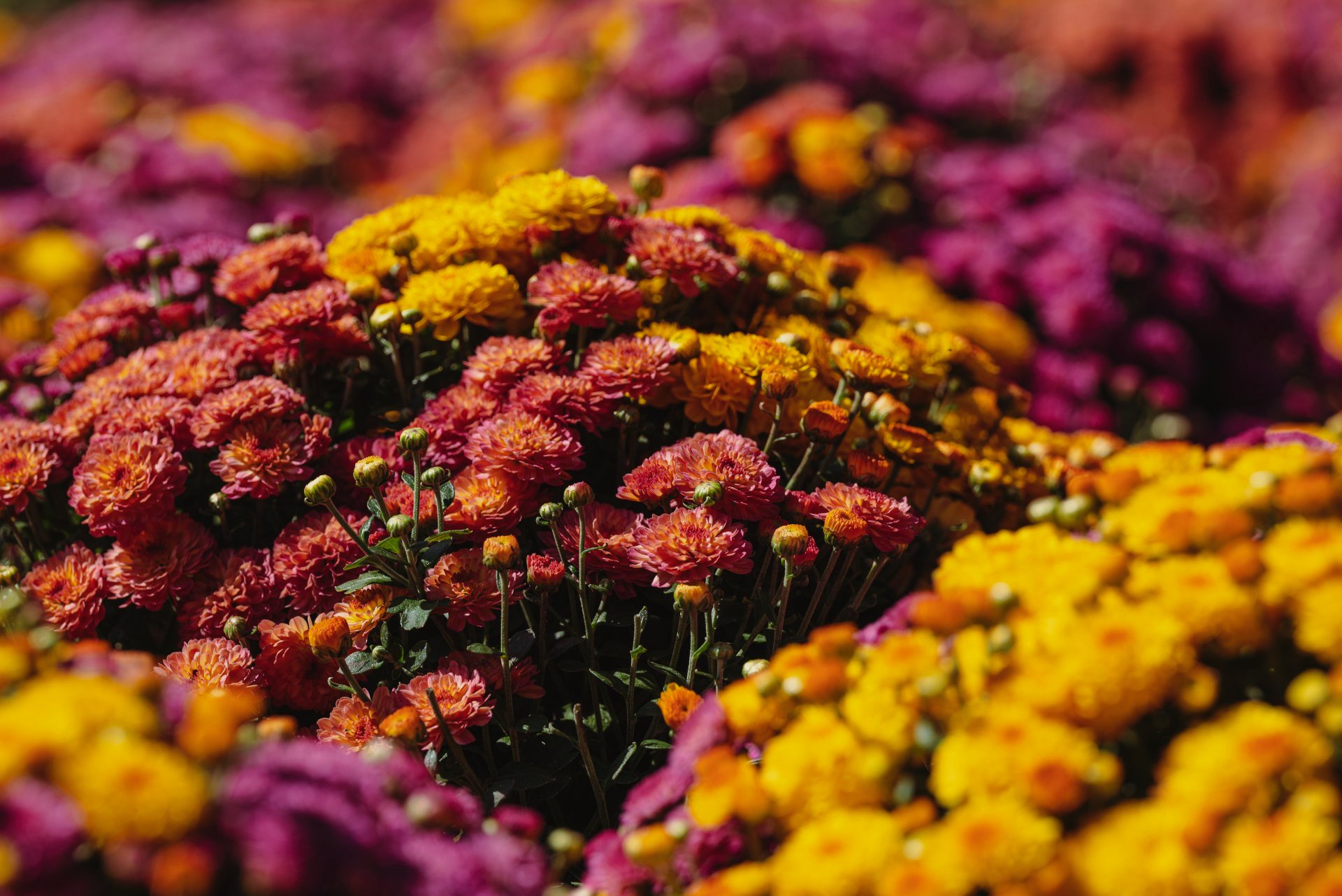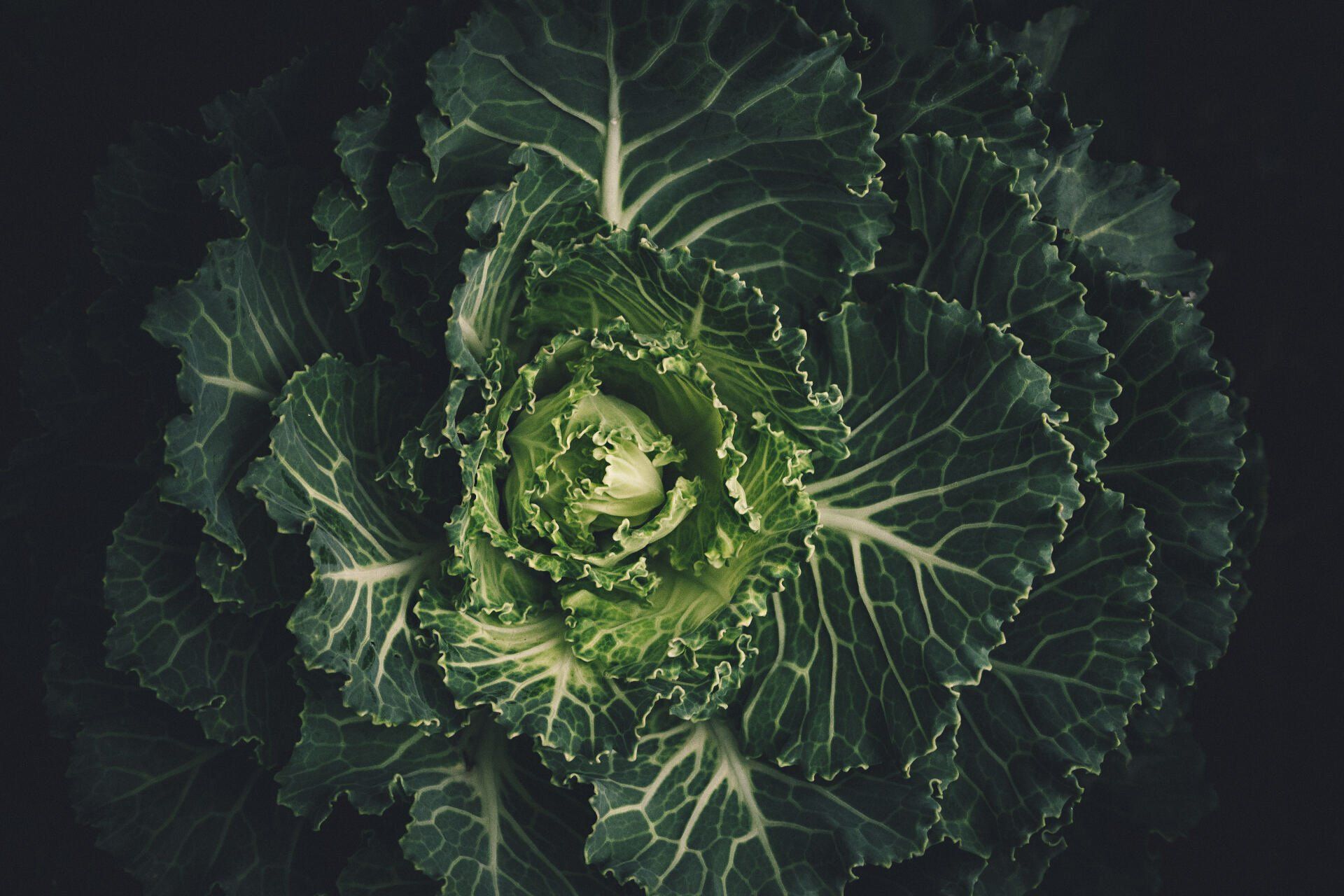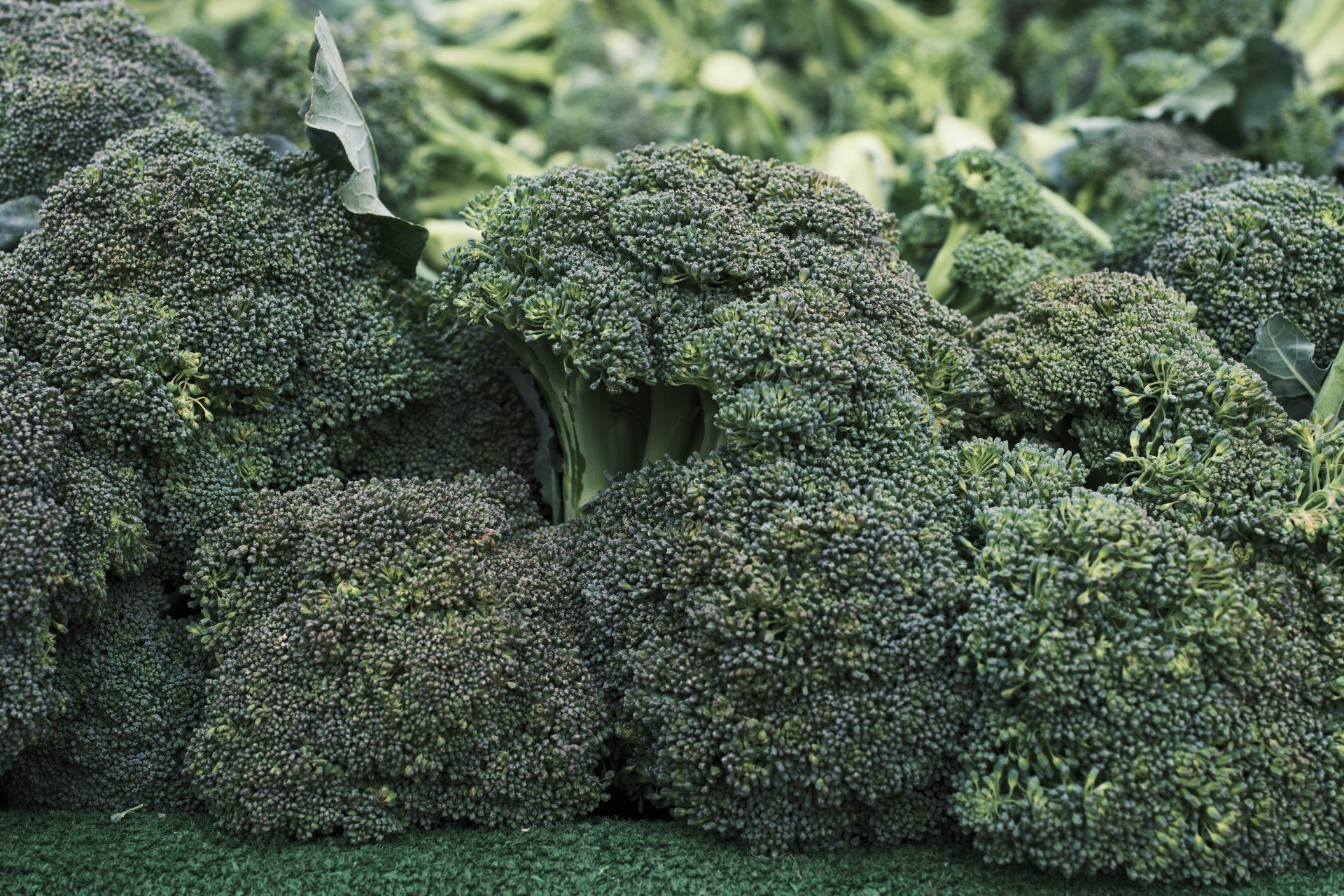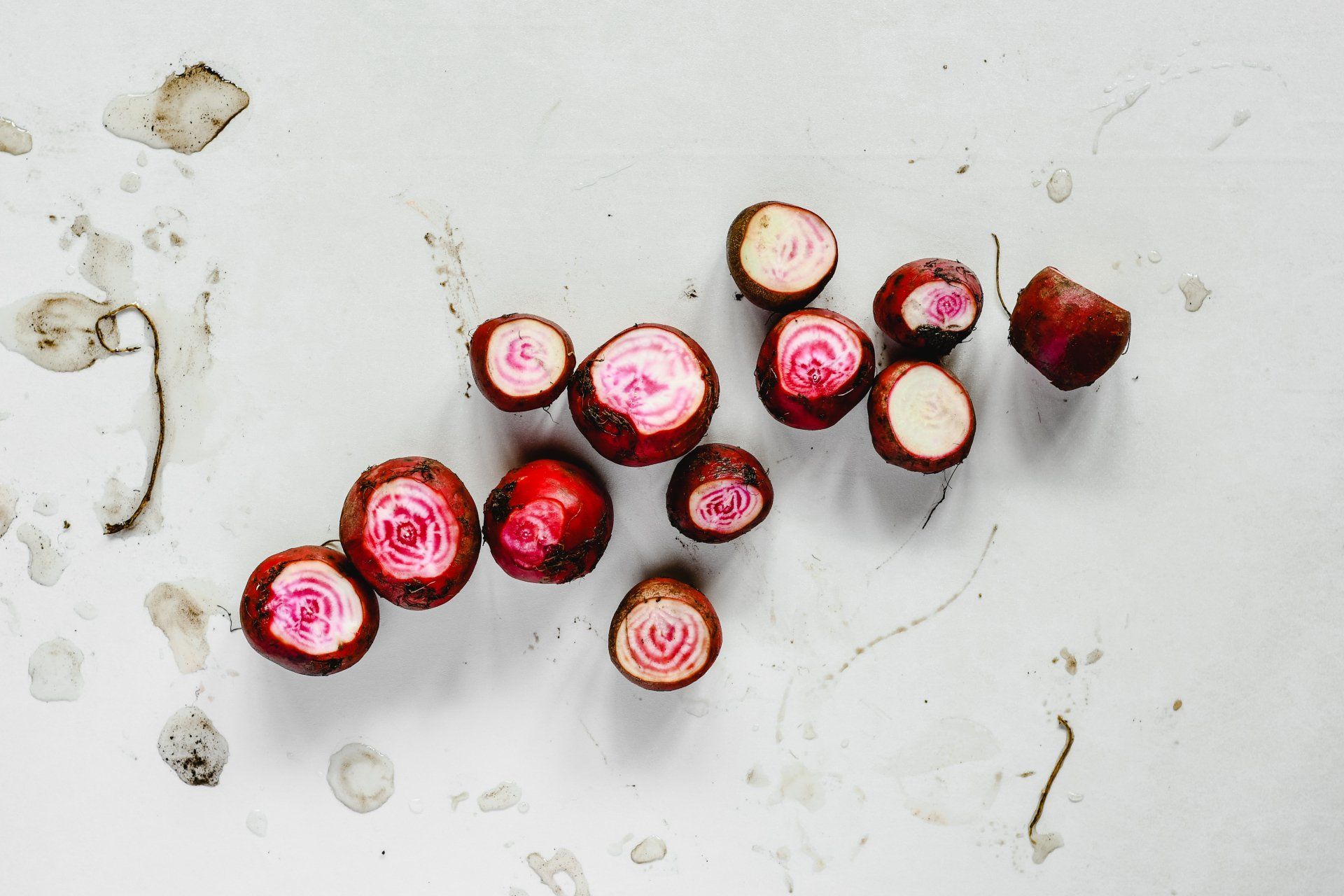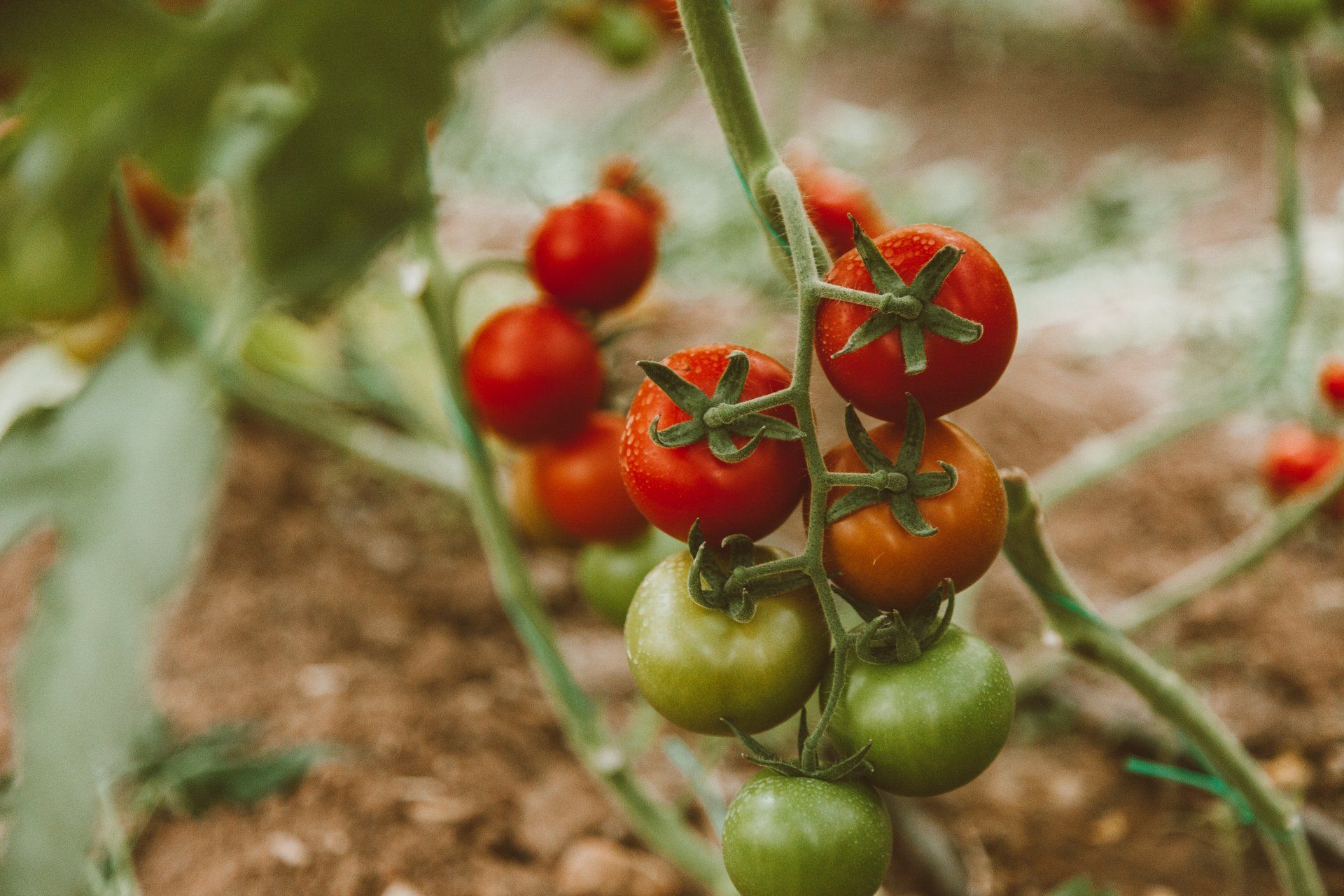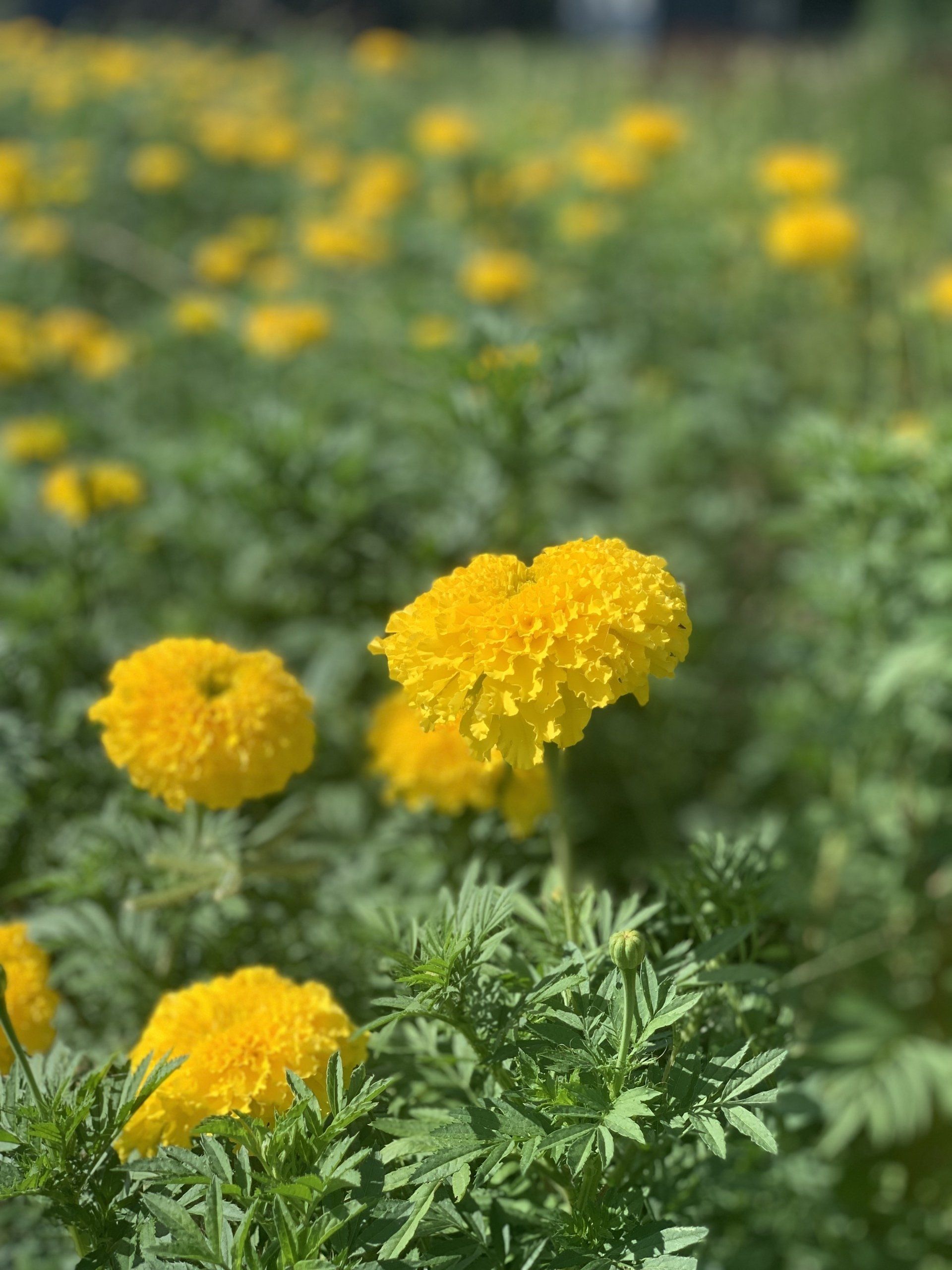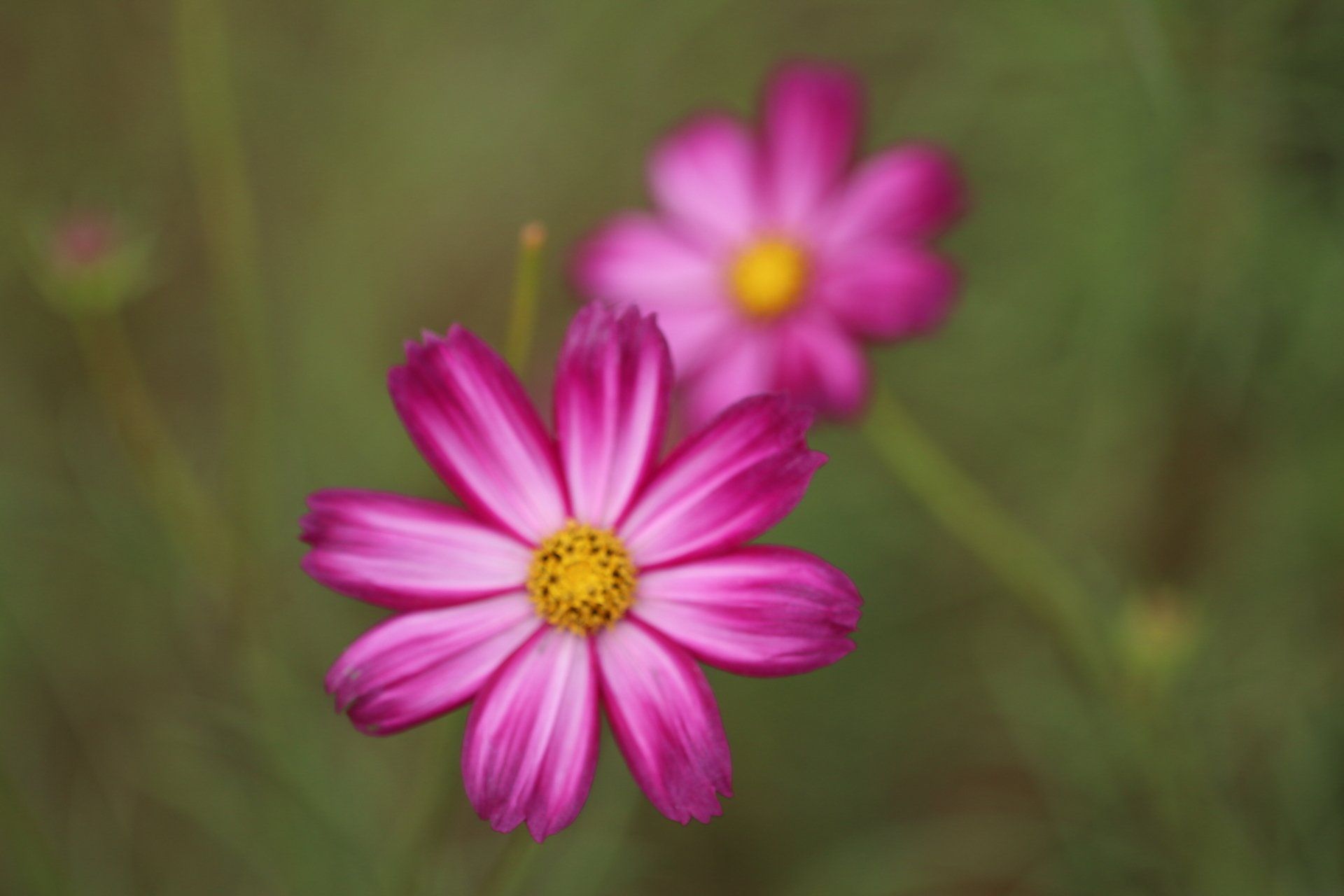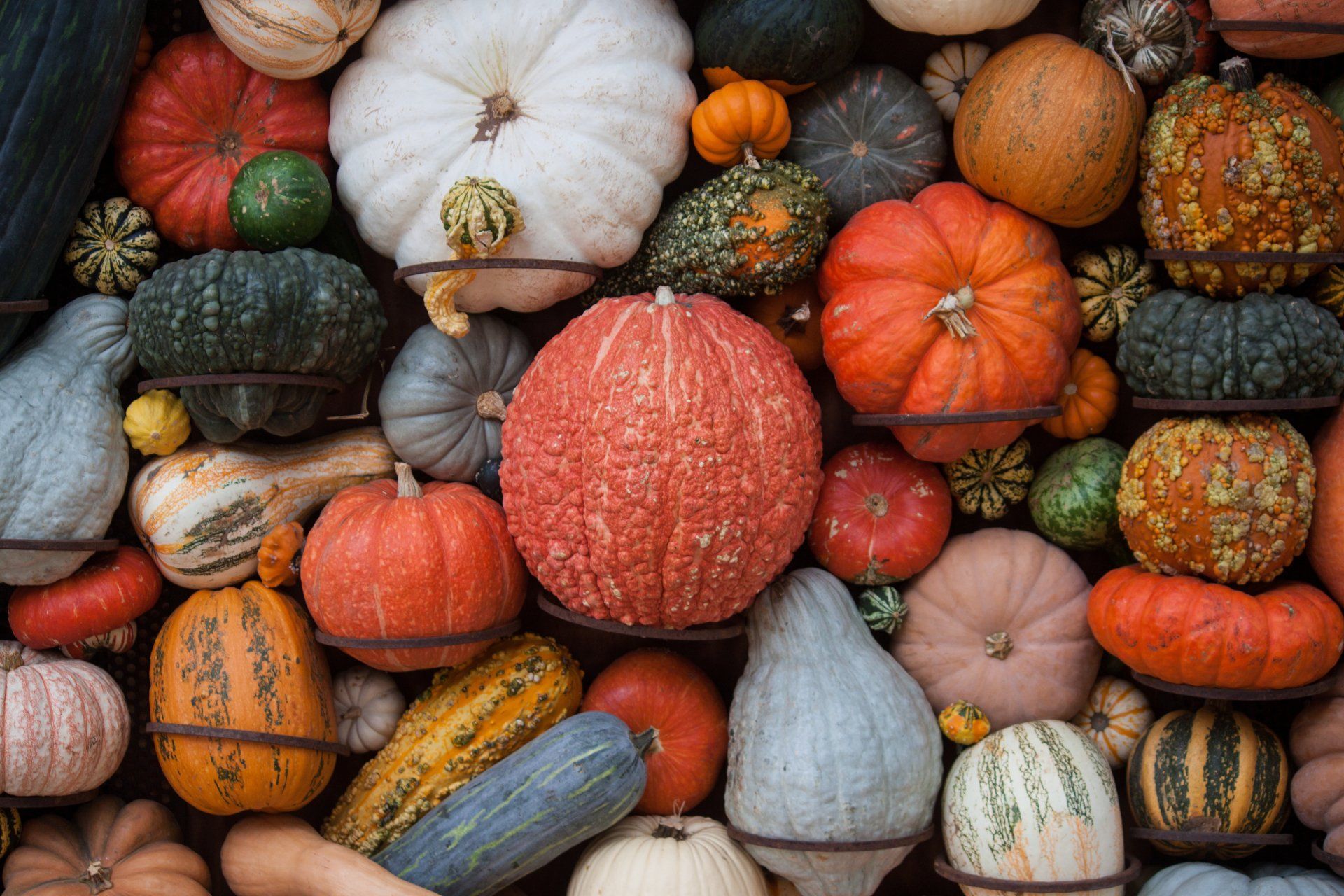Zinnias - A Heat Loving Garden Favorite
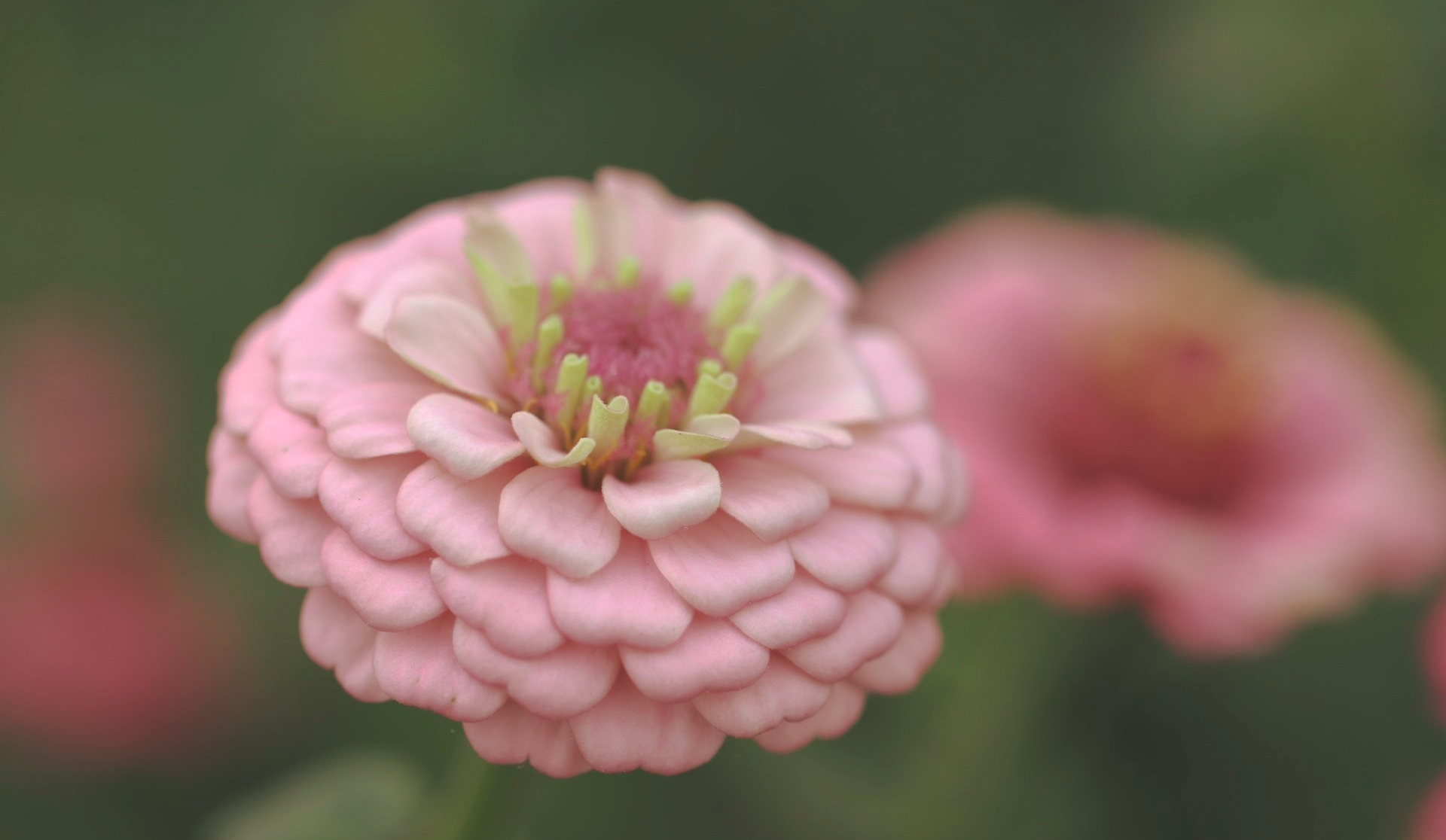
As a long time classic garden and cut flower favorite, Zinnias thrive in the heat found in the Southern States. Their dainty ruffles are always welcomed in our gardens and just speak of summer. I love how they remind me of dahlias but with much less fuss! They can be used in casual rustic arrangements and I’ve even used them in wedding bouquets before. Their uses are endless and they are power houses that are very productive during the warm season months.

Site Selection
Zinnias need to have a place with full sun, at least six hours of full sunlight. They do prefer well draining soil with high organic content. A heaping scoop of compost raked into the soil will do wonders for plant health.
Planting & Watering
Zinnias can be direct seeded or transplanted depending on where you live. Here in South Texas, we have found that transplanting allows for the best success as our rainfall can be very inconsistent. The soil needs to be warm and they can be planted after the last frost in March or April. They do sprout easily though and grow quickly and need to be transplanted out within 2-4 weeks. If transplanting, it is important not to let them get leggy or root bound.
Zinnias are heat and drought tolerant and really only need to be watered in the first 30 or so days until they get good and established, unless it is during a hard drought season. We have found that watering through drip lines is the best method to help minimize the risk for fungus. However, you can also water at the base of the plants if needed which would be effective. The main point is to try to avoid wetting the leaves as much as possible.
Spacing
Zinnias need more space between plants as they can get quite large and bushy. 8 to 12 inches is a good rule of thumb. If you are in a more humid area, the 12 inch spacing is preferred so more airflow will be possible.
Pinching is an optional practice for zinnias and can be done to help promote more blooms and stems. When the plants are about 8-12 inches tall, the center bud and stem is cut out about halfway down the stem, just above a leaf node. This can really made a dramatic increase in the number of blooms available over the lifespan of the plant.
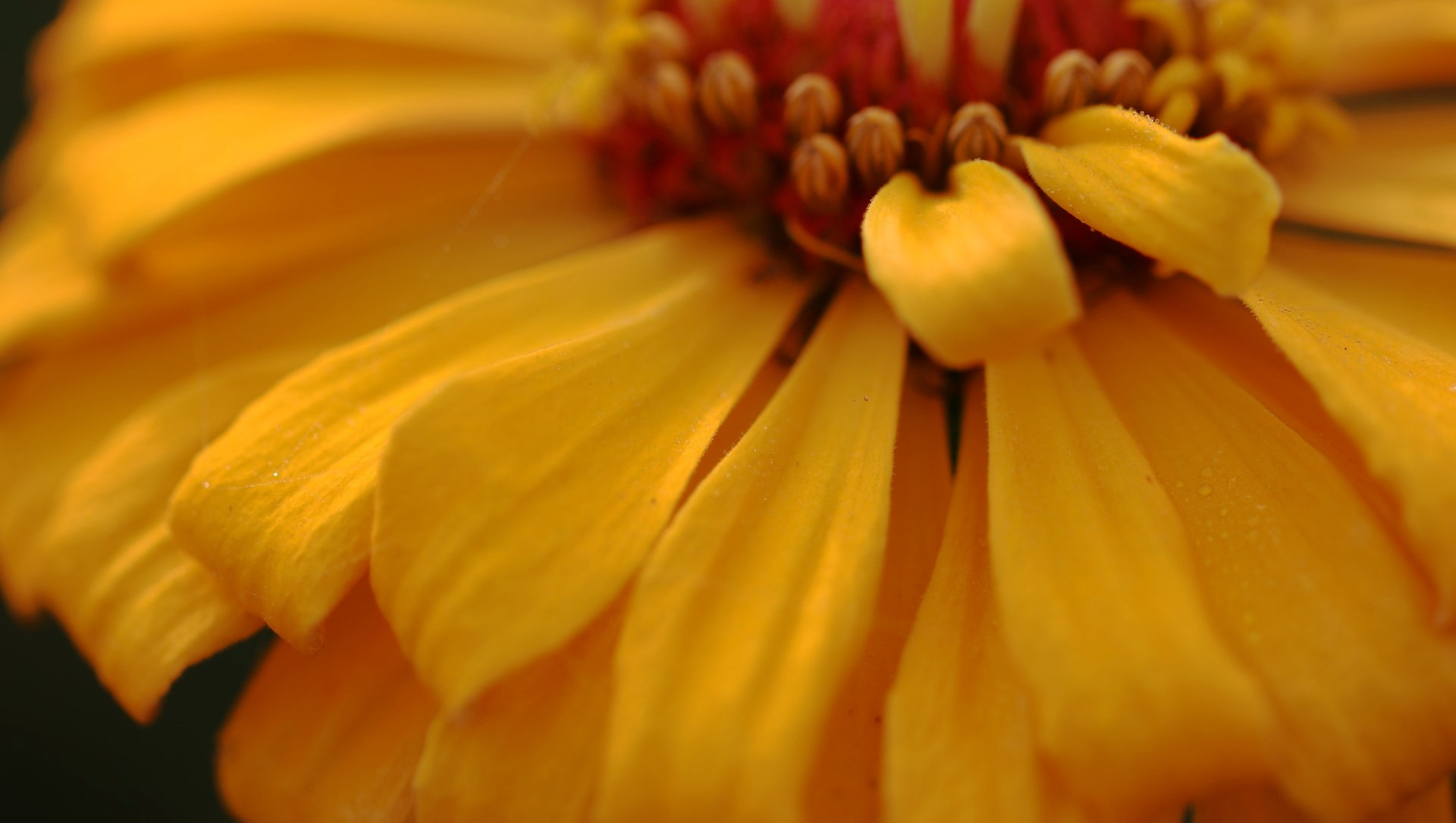
Different Varieties Available
There are a number of different varieties or groupings of zinnias that all range from different colors, sizes, and even vase length and life span. The most common are Benary, Oklahoma, and dwarf/landscaping varieties.
Benary Giants: These are are the largest blooms of them all. They truly can be 4 to 6 inches in diameter and full of ruffles. They make a great focal statement flower in bouquets and arrangements. The plants can grow to 4 to 5 feet tall.
Oklahoma: These are our personal favorites and are adorable additions to the gardens. We found them to be very productive and they create a lovely showing when planted in mass. The blooms are about 2 inches in diameter and the plants can be about 3 to 4 feet tall. They make great fillers in bouquets and arrangements.
Dwarf/Landscaping:
This collection of zinnias are smaller plants, shorter height, and perfect for annual additions for pops of color in beds. There are some gorgeous new varieties available that we love.
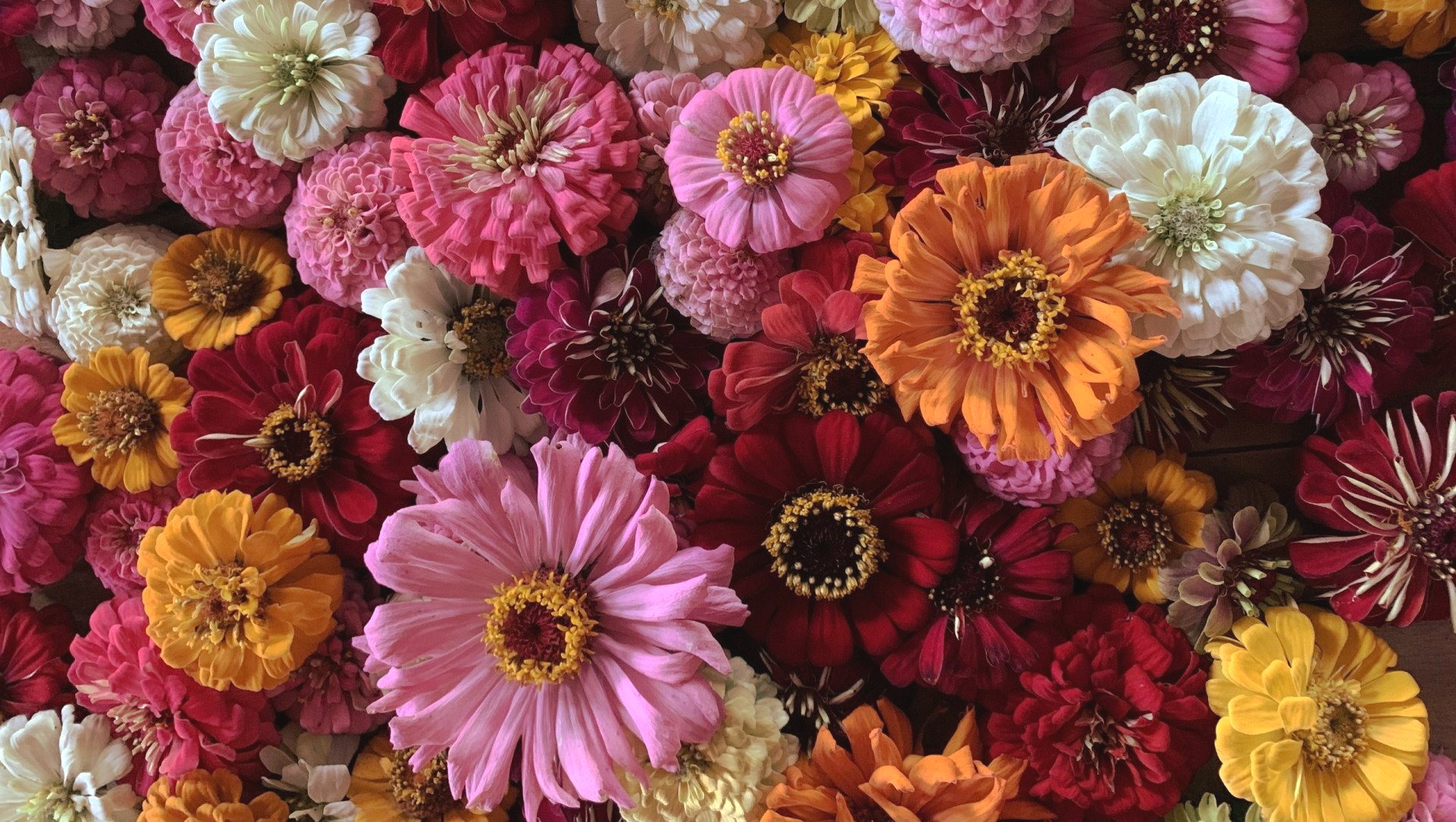
Pests & Disease
Zinnias can be affected by many common garden pests such as aphids, caterpillars, Japanese beetles, thrips and stem miners.
Zinnias are known to be highly susceptible to fungus especially in the Southern States where the humidity is so high. Wider plant spacing at 12 inches or more will certainly help as well as keeping plants deadheaded and pruned. Drip irrigation will also help by minimizing the moisture on the leaves. Powdery mildew, blight, and botrytis are the most common fungal diseases. If caught early enough, you can use a fungicide spray or drench. Your local garden center can help identify exactly what disease or pest you might have with a sample and help make recommendations for your exact region. If the fungus is widespread it might be best to dispose of the plant in the trash or by burning. It is not recommended to put in the compost pile as the spores can spread.

Harvesting Tips
It is recommended to cut before the blooms are completely open and when temperatures are cool. With zinnias it is important to do the “Wiggle Test.” There is how you can tell that a bloom is mature enough to harvest. Right below the bloom, the stem will feel firm, like a pencil, when it is ready to harvest. All other immature blooms will still be “wiggly” and likely need another day or two on the plant.
The stems should be cut as long as possible but leave enough leaf nodes so more stems can be produced. Strip off all leaves and store in cool water, giving them time to hydrate for 2-4 hours ideally before designing. If storing in a cooler, it is best to not store below 45 degrees Fahrenheit. Storing in a dark, cool closet or room is best if possible. Keeping clippers sanitized with alcohol wipes or soap and water will help minimize the spread of disease throughout the garden.
The ideal vase life for Zinnias are 5 to 7 days. It is recommended to trim the stems daily or every other day and give fresh water daily.
Zinnias are one of our absolute favorites in the garden and we have a great selection in the Root & Roux Garden Shop available now! If you miss the window for planting this fall, just save your seeds in a cool, dry place and you can plant in the spring!
Happy gardening y'all!
